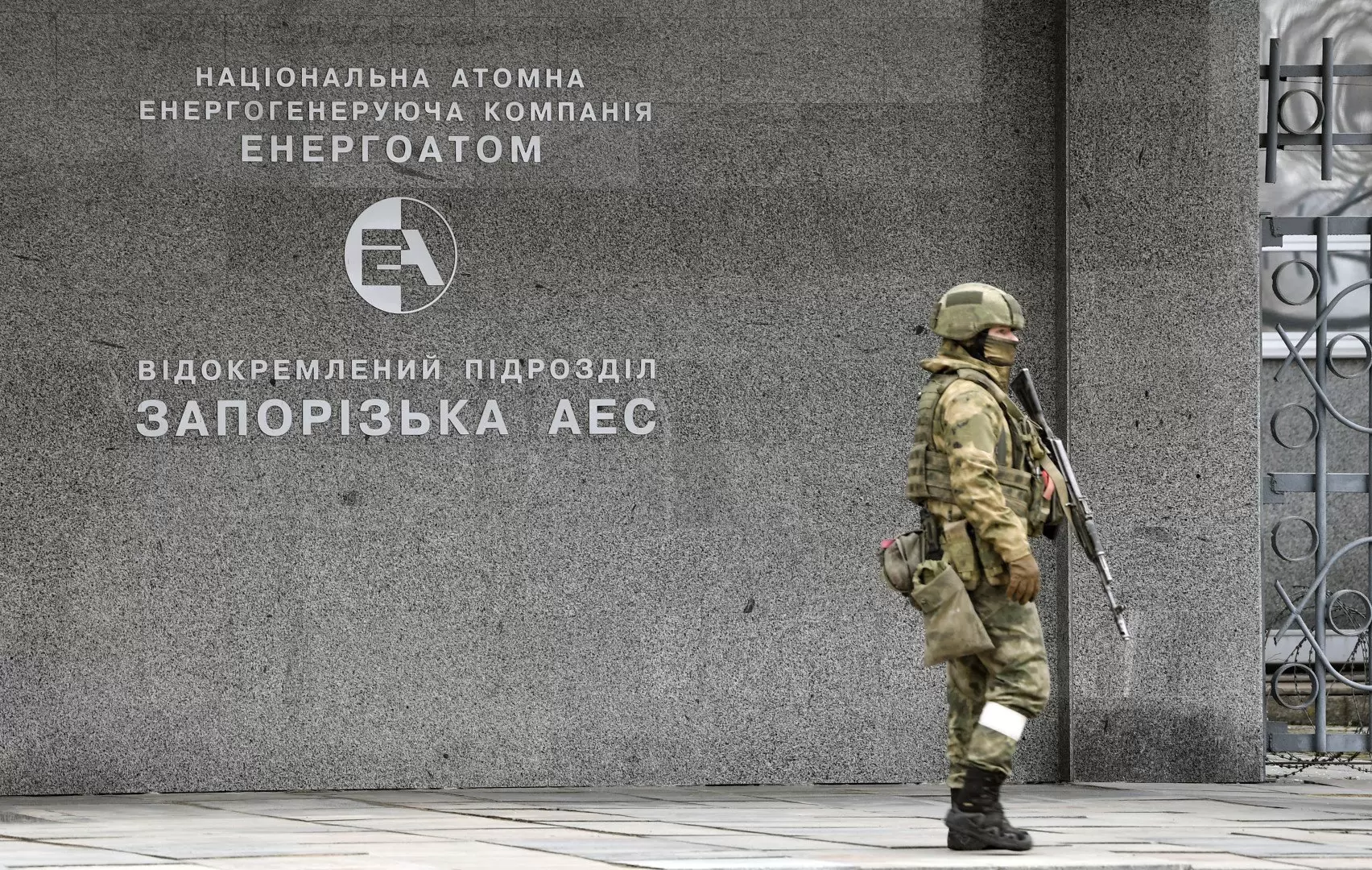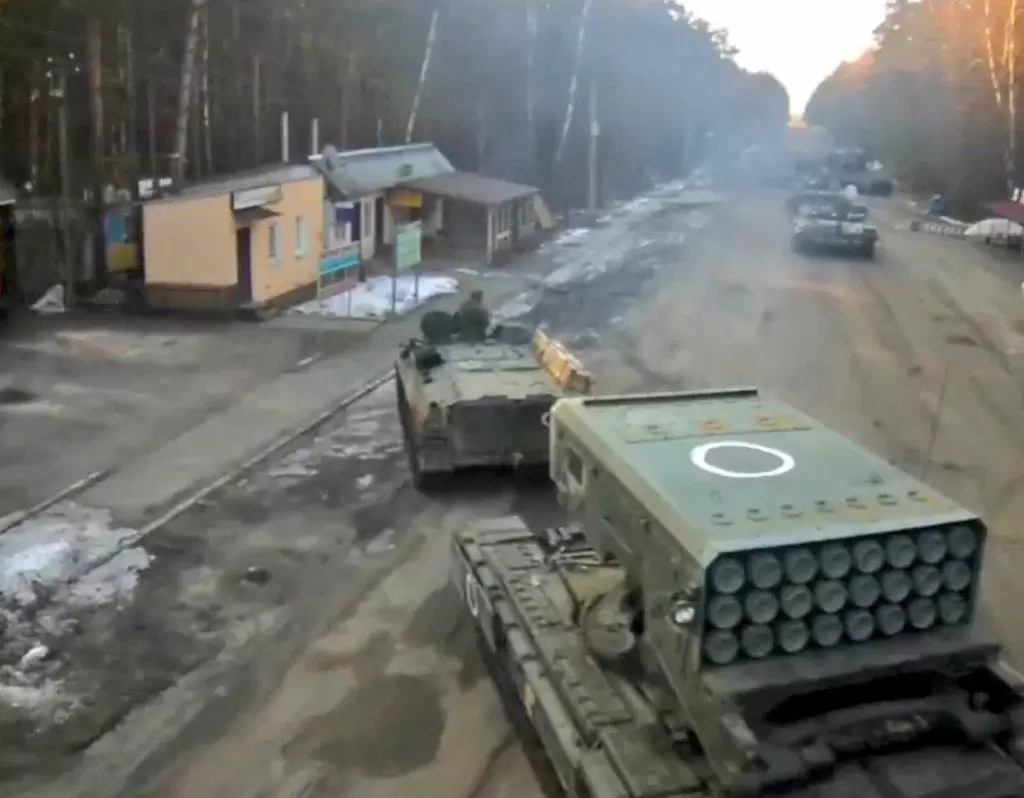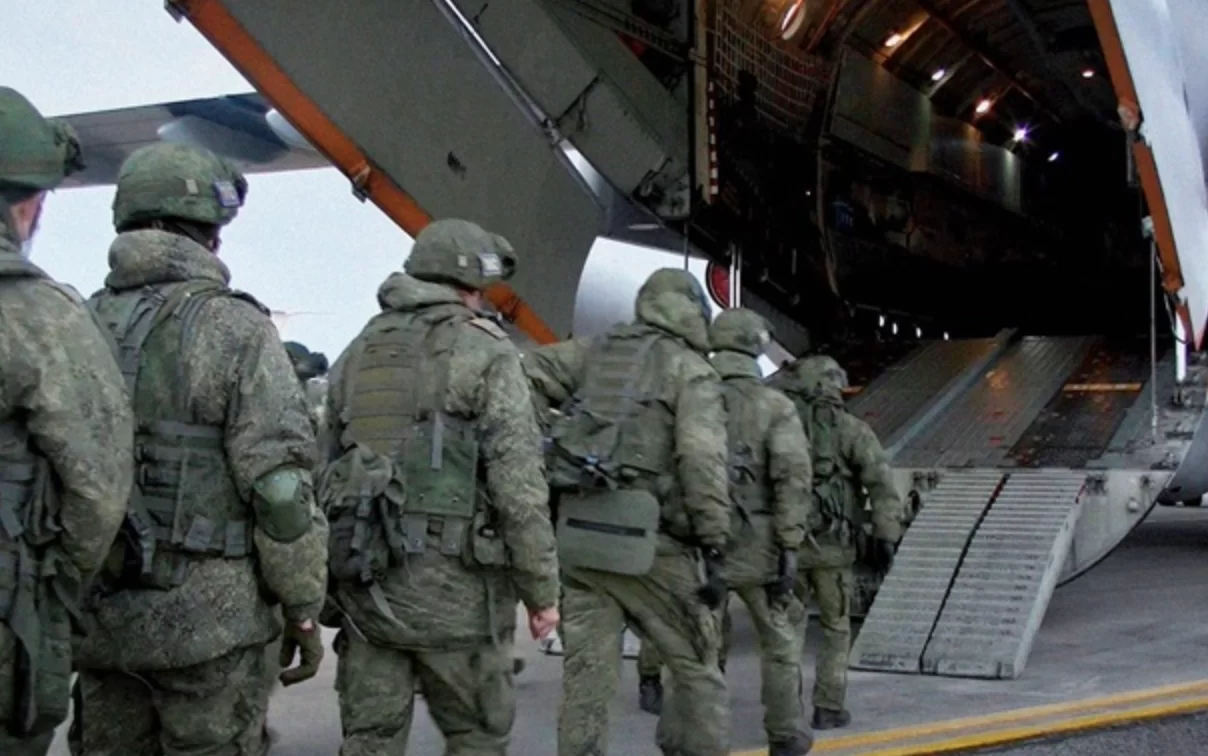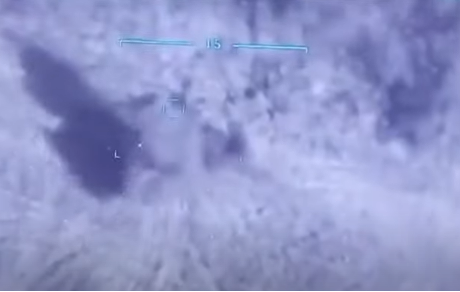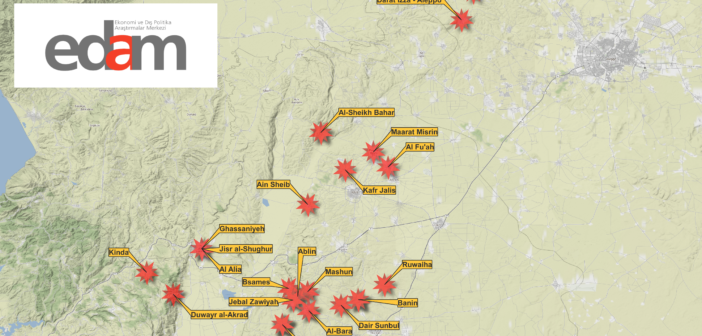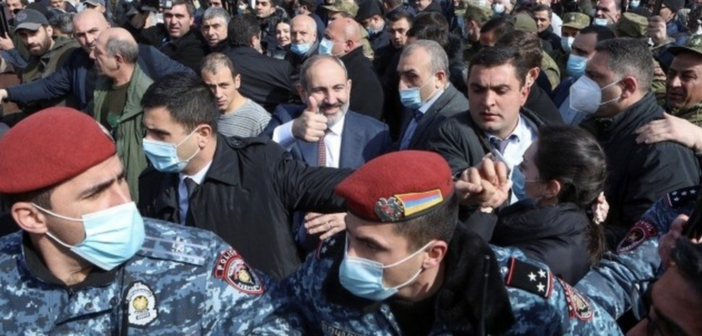
Emerging Disruptive Technologies (EDT) in Defense: Lessons from Ukraine
OPENING REMARKS
Succeeding in the era of digitalized warfare will necessitate two critical requirements and defense technology strategies: investing in cyber capabilities and fostering the development of dual-use technologies. The development and adoption of emerging and disruptive technologies (EDTs) is a race against time. Therefore, integrating these groundbreaking capabilities in the Allied military decision-making more rapidly than our strategic rivals.
Innovation transforms warfighting, rendering it much more advanced. The fusion of information and data-centric warfare leads to higher efficiency, more effective C4ISR and a decisive victory on the battlefield. AI-driven technologies also help us decipher the adversary's tactics. The use of natural language processing algorithms to translate Russian troops' communication is one prominent example from the ongoing Russo - Ukrainian War.
The development and military application of EDTs should be an 'all-society' approach. Moving forward, building better relationships with the start up industry and fostering the trust between NATO and private stakeholders will be key. The Defense Innovation Accelerator for the North Atlantic (DIANA) is a promising opportunity to involve the business sector in EDT-related projects. In essence, the initiative should not be a horizontal effort that merely involves militaries and governments. Instead, it needs to adopt an across-the-spectrum approach, based on public-private scientific and strategic community cooperation.
Assuming the EDT capacity to be a lone wolf warfighter, or a panacea, would be a flawed consideration: it is about the merger. Conventional trends such as artillery and trench warfare are still prominent. Nevertheless today, such capabilities are augmented by drones. In modern conflicts, even the most remote points in the battlefield are connected by space-based satellite technologies and robotic systems.
In the future operating environment (FOE), the successful integration of AI and robotics-driven technologies to support our existing capabilities will require smart governance and effective oversight.

